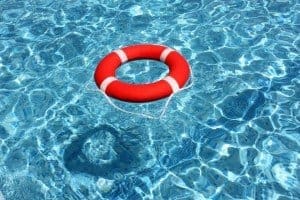 Pool season is here. Which means it’s time to invest in new sunscreen and pull those bathing suits out of storage. It’s also time for community associations and property owners to reassess pool safety, maintenance, and risk management.
Pool season is here. Which means it’s time to invest in new sunscreen and pull those bathing suits out of storage. It’s also time for community associations and property owners to reassess pool safety, maintenance, and risk management.
Most pool injuries are minor in nature, but some can result in broken limbs, head or spinal injuries, and even death. And if the community association or property owners are found to be at fault, the damages can be severe.
“If someone wants to get into a pool in the evening, they’re probably going to be able to climb a fence and get in,” says Louise Cook, divisional assistant vice president for loss prevention at Great American Insurance. “The question is: what can the insured do to proactively minimize risk exposure?”
A lot of things, actually. Here are seven questions to help community associations and property owners get started:
- Assuming your pool does not require a lifeguard, does the building manager have the necessary training to clean and operate the pool?
- Are there daily inspections to make sure that the pool is clean?
- Do you have standard opening and closing inspections at the beginning and end of the day?
- Are you keeping daily records of inspections?
- Do you have safety equipment on site?
- If someone does get hurt, what are the procedures?
- Is anyone allowed in the pool when someone is not on duty?
Great American created this basic loss-prevention pamphlet on swimming pools to help you answer these questions and more. Because we believe in the importance of pool safety—and have seen tragedy unfold when pool areas aren’t properly maintained—we also are working with Great American to develop risk management seminars for some of our Florida clients.
“It’s human nature that accidents happen,” Cook says. “But if you prove that you’ve taken the steps to help stop an accident, that goes a long way.”





